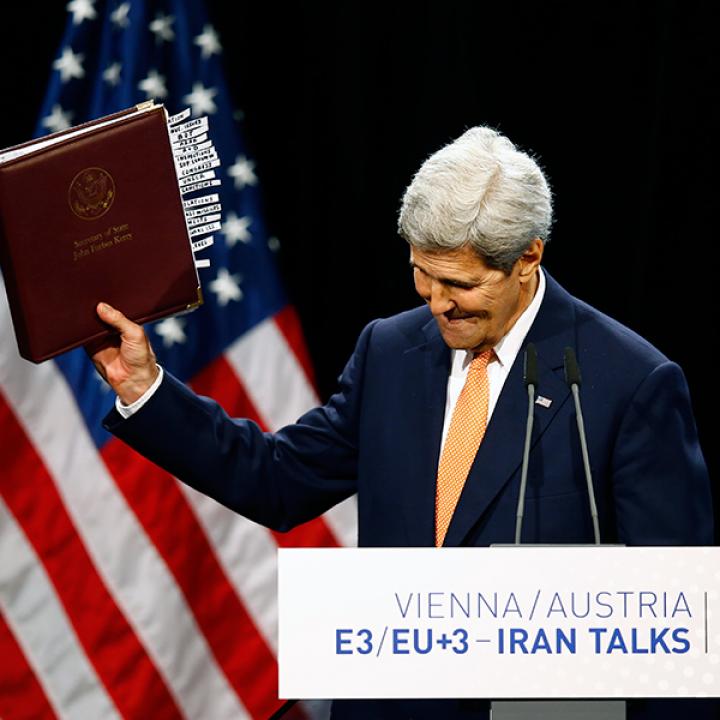

Nothing, including reluctantly accepting a bad agreement, is as dangerous as leaving open the question of how the United States would react if Iran approaches a nuclear weapons capability.
The Iran nuclear agreement leaves open more questions than it answers. It clearly is a diplomatic coup for the Obama administration, and enjoys significant international support. But it is far less clear whether this agreement will enhance regional security or even the degree to which it constrains development of dual-use nuclear capabilities. These concerns have plagued the entire negotiating track, with numerous voices pushing for a tougher Western stance vis-a-vis Iran. But now with an agreement, the issue of what it will be is resolved. What is now important is to decide what to do with it. It will take time and analysis to understand completely the agreement's specifics, but the following is a guide to possible next steps.
STEP NO. 1: EVALUATING THE AGREEMENT
Before considering what to do about it, it is important to be clear on what it is. Again, details are important, but the following summary considerations are relevant. First is the nature of the agreement as an arms control measure. This agreement, as has long been anticipated, is flawed...
The Hill



